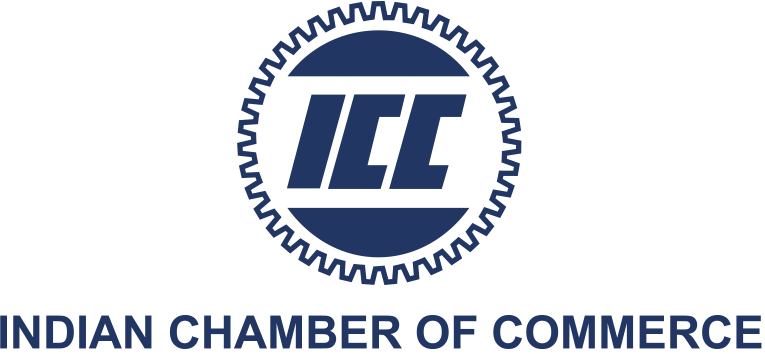The Indian textile and jute sector is a cornerstone of the
national economy, contributing approximately 2.3% to India’s GDP and
providing direct employment to over 45 million people. This vast
industry spans natural fibres like cotton, wool, silk, and jute, as well as
man-made fibres and technical textiles. As of 2024, the Indian
textile market is valued at USD 222.08 billion, and is projected to
reach USD 646.96 billion by 2033, growing at a CAGR of
11.98%.
Growth Drivers
1. Government Support & Policy Initiatives
The Government of India has implemented several key policies
to strengthen the sector’s competitiveness and global reach. The Production
Linked Incentive (PLI) Scheme, with an outlay of INR 10,683 crore,
aims to boost the manufacturing of man-made fibres and technical textiles.
Additionally, the PM MITRA (Mega Integrated Textile Region and Apparel)
Scheme is promoting the development of world-class textile parks,
helping to reduce logistical costs and enhance infrastructure.
2. Sustainability and Eco-Friendly Trends
Amid rising global demand for sustainable products, India’s
leadership in natural fibre production—especially jute—is gaining
renewed relevance. The government’s mandatory packaging norms for
foodgrains and sugar ensure steady demand for jute bags. The Indian jute
market was valued at USD 6.74 billion in 2024, and is
projected to grow to USD 8.93 billion by 2034.
3. Technology & Innovation
The adoption of digital textile printing, artificial
intelligence (AI) in logistics, and research in alternative fibres are
revolutionizing the sector. The technical textiles segment,
used in industries such as healthcare, construction, and automotive, is
experiencing rapid growth, driven by both public investment and private
innovation.
Market Performance
India remains the world’s largest cotton producer and
the second-largest exporter of textiles and apparel. In FY
2023–24, India’s textile and apparel exports stood at USD 41.2
billion, with strong demand from major markets such as the United
States and Europe. Enhanced Free Trade Agreements (FTAs) are
expected to further expand India’s global footprint.
Jute Industry in India
India continues its leadership in the global jute sector,
with over 70% of global raw jute production, primarily from West Bengal (82%),
followed by Assam and Bihar (9% each). The industry supports the livelihoods of
nearly 4 million farming families and employs around 400,000 workers across
jute mills and allied trades. In the 2025–26 marketing season, the Minimum
Support Price (MSP) for raw jute (TD‑3 grade) has been raised to ₹5,650 per
quintal, a ₹315 increase from ₹5,335 in 2024–25, ensuring a 66.8% return over
production costs. This is part of a long-term trend: the MSP has risen from
₹2,400 in 2014–15—an increase of ₹3,250 over 11 years—resulting in ₹1,300 crore
paid to farmers during 2014–15 to 2024–25, compared with ₹441 crore in 2004–05
to 2013–14. The Jute Corporation of India (JCI) remains the nodal agency for
procurement. Last year, procurement reached 170,000 farmers, and mandatory jute
packaging norms under the JPM Act ensure that over 90% of food grains and 20%
of sugar are packed in jute, securing consistent demand and guaranteeing mill
orders and farmer income. Average exports of jute goods amounted to USD 450
million in last 3 years, with key markets including the U.S., U.K.,
Germany, and Australia.
Government mandates under the Jute Packaging
Materials Act require that over 90% of foodgrains and 20% of
sugar be packed in jute bags, securing consistent demand.
Modernization initiatives such as ICARE (Improved Cultivation and
Advanced Retting Exercise), the Jute Technology Mission, and
the Jute Diversified Product Development Scheme (JDPDS) are
further enhancing productivity and value addition. With rising global awareness
of biodegradable alternatives, India's jute industry is well-positioned to lead
the eco-friendly packaging revolution.
Challenges & Industry Outlook
1. Global Competition
India faces tough competition from Bangladesh,
Vietnam, and China, which offer lower production costs and
aggressive trade policies. Strategic FTAs and market access reforms are
essential to maintaining India's export edge.
2. Infrastructure Bottlenecks
Persistent issues such as high logistics costs, power
tariffs, and compliance burdens affect operational efficiency. The development
of textile parks and digitization of supply chains under government schemes are
aimed at addressing these barriers.
3. Raw Material Price Volatility
Dependence on cotton and jute makes the sector vulnerable to
climate variability and price swings. Investments in sustainable
agriculture and alternative fibre research are
crucial for long-term resilience.
The Road Ahead
The Indian textile and jute industry is on a strong upward
trajectory, driven by policy support, technological
innovation, and a global shift toward sustainability. With
focused efforts to improve infrastructure, boost exports, and promote
eco-friendly practices, India is well-placed to solidify its position as a
global textile leader.











